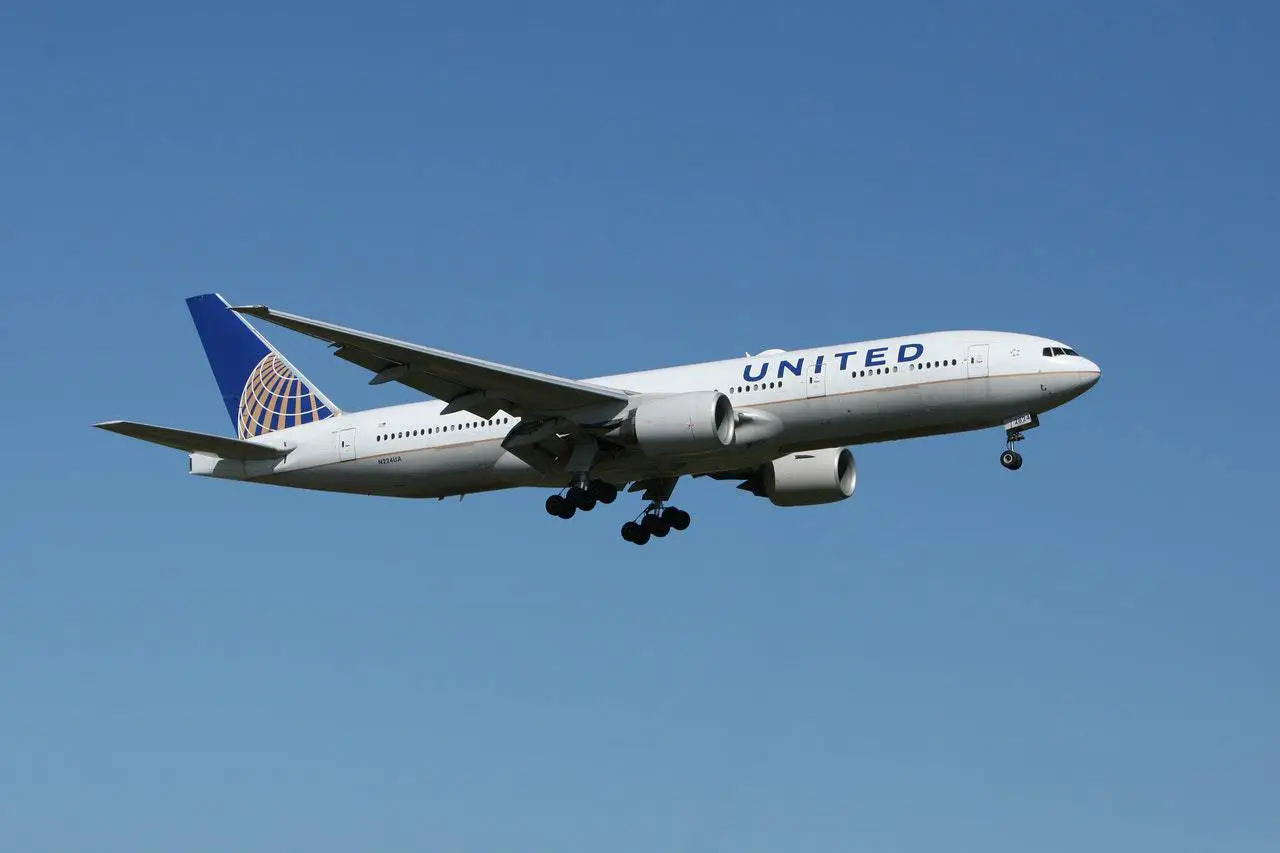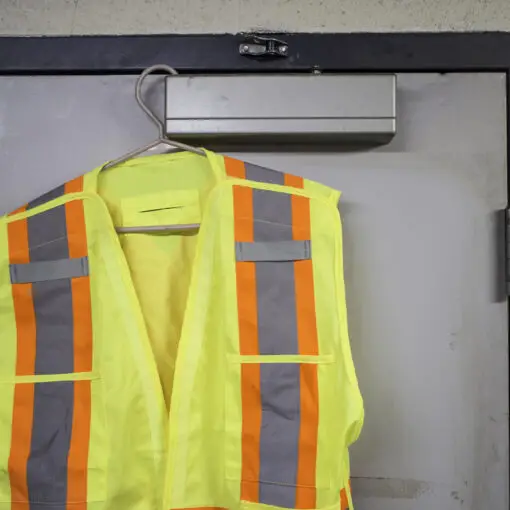The days of HAM radios taking up a full section of your room have come and gone. Nowadays, fancy handheld HAMs like Anytone, Baofeng, and Whistler models have brought portability well into play. This, of course, begs the question ‘Will HAM radio work on a plane?”.
Yes, HAM radio will work on a plane, but most likely you will not be allowed to use it.
Today we’ll explore the subject in a little more depth, so that you can get an idea of the potential hurdles that you will need to cross if you want to get a little “HAMmy” as you hurtle at high-speeds through the deep blue skies.
Let’s talk about HAM radio and the logistics of using it on a plane!
So, will HAM radio work on a plane??
HAM radio will certainly work on a plane and should work rather well, considering that you don’t have a lot of things in your way weakening the signal. The idea of only having the metal of the plane slowing signals down is probably what’s got you salivating in the first place, but you’ve got some serious challenges to surmount to use your HAM on a plane these days.
Caveats that need to be considered
This takes us to the actual challenges that you will need to face in order to not only bring amateur radio equipment on board but to then get to actually use it! While we hate to say it, your chances are going to be slim to none that this is going to be allowed. We’ll detail the first 3 challenges but the biggest problems are the most compelling.
We’ll give those their own section, but let’s get started with the big 3 starting hurdles.
The weight of your equipment
Things like insulator and antenna wires are generally not going to be light, plus you also have to consider the weight of your coaxial cable. While a ladder-line can certainly help with the last, depending on what type of equipment you are bringing, the weight can add up fast.
This is going to limit what you can get away with for your carry-on bag and so this is the first thing that you are going to need to carefully deal with. Keeping within the weight guidelines will let you get the equipment on the plane… possibly. This brings us to the second challenge.
The TSA screening process
Will HAM radio work on a plane? Sure, but you’ve still got to get your efficiently-packed bag onboard, and it might not make it past the TSA screening process. This is especially true if you are a DIY type and you’ve customized your HAM to be super-efficient with a few little modifications of your own.
At this point, the very real risk is that the TSA screener knows nothing about amateur radio and at that point what THEY are seeing is a bundle of electronics with radio capabilities.
You see where we are going with this.
Now, let’s say you get the coolest TSA screener in the area, who not only recognizes the glorious things you’ve done, but who sends you along with their blessings. You’ve still got another problem and that is going to be the pilot.
You’ve got to have the pilot’s approval, period.
The last of the ‘big 3’ hurdles is getting permission from the pilot themselves. This is important, as there are a number of ways to interfere with things that your pilot relies on. If they are aware that a HAM operator is onboard, in a best-case scenario they’ll approve and they can still fly safely because they’ll know what kind of interference to watch for.
The thing is, even if they are radio enthusiasts themselves, they probably won’t let you use your HAM radio. In the next section we’ll briefly address why it’s ultimately a bad idea, but from the pilot’s perspective it’s an added distraction that they probably don’t want or need.
Further complicating things, if you are on an international flight then there are specific international laws that you would have to comply with as well.
Simply put… will HAM radio work on a plane?
Yes, but there is too much chance of interference and too much fine-print in the laws involved… so there’s a 99.9% chance that you will not be allowed to do it and if you ‘sneak’ it, someone’s going to notice and then you open yourself up to potentially huge fines or worse!
The biggest problems with using HAM radio on a plane
You might just get away with a handheld but this is a ‘best chances’ scenario. Ultimately the problem is going to be the interference you’ll be capable of inadvertently causing. Oscillators, for instance, can definitely cause interference issues.
You can’t use repeater frequencies either, as this could end up affecting multiple repeaters and ‘hogging up’ repeater frequencies that your pilot relies on. Ultimately, while it seems like a fun environment for HAM radio, there is simply too much potential for inadvertent mischief.
Some final words: Will HAM radio work on a plane? Yes, but you probably won’t be allowed to use it
So, there you have it. If you get lucky, you might be allowed to use a fancy handheld, but beyond this it’s best to use your carry-on allotment for your laptop unless you just want to bring your HAM equipment onboard with you for added security.
Yes, your equipment will work in the sky and probably quite flawlessly… but the safety of the flight and it’s passengers, including YOU, is always going to be paramount.





